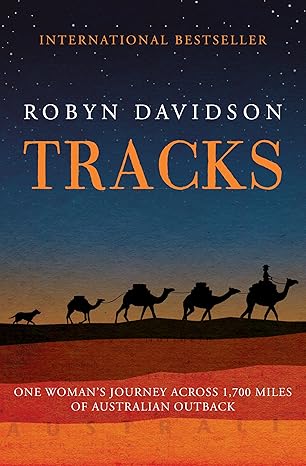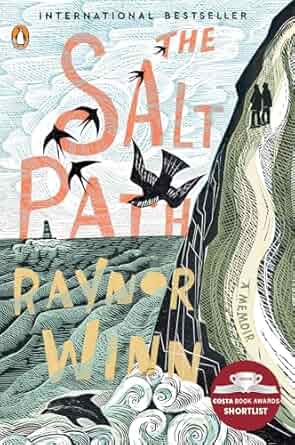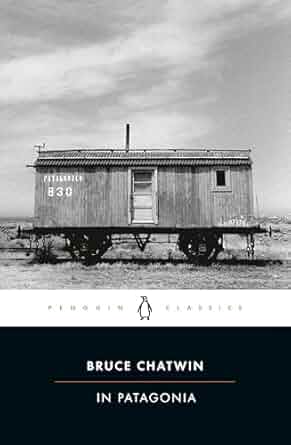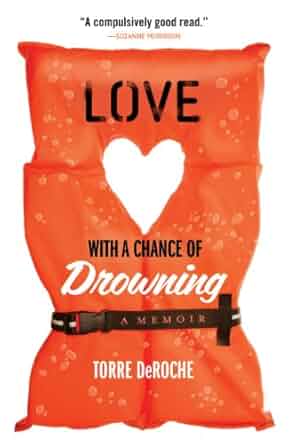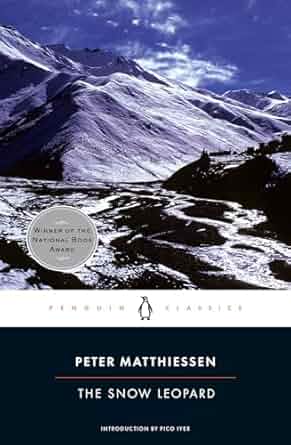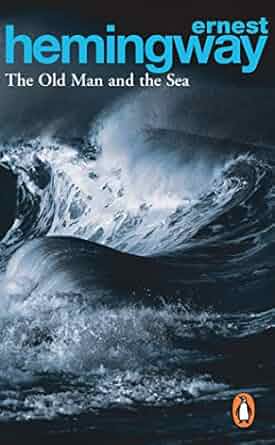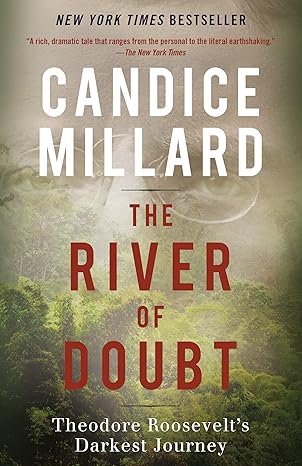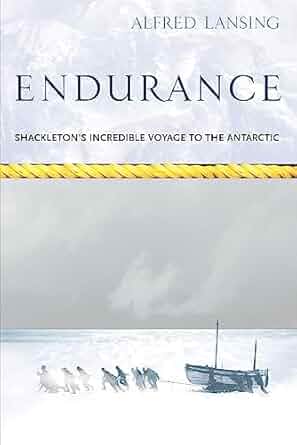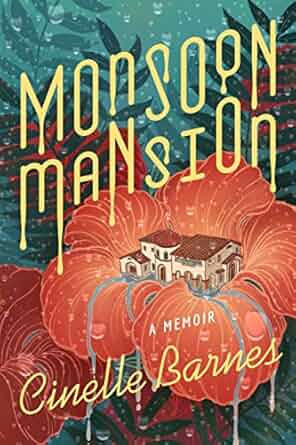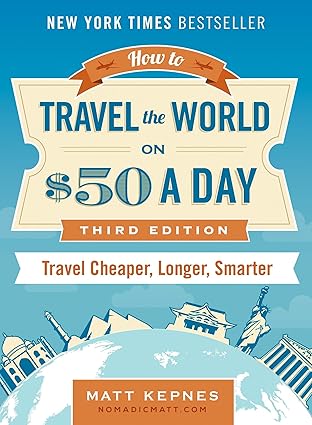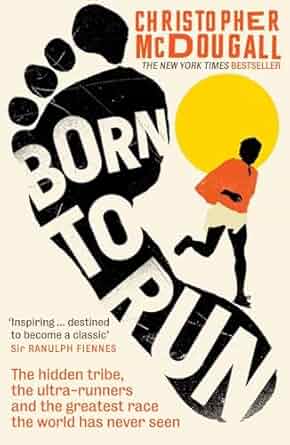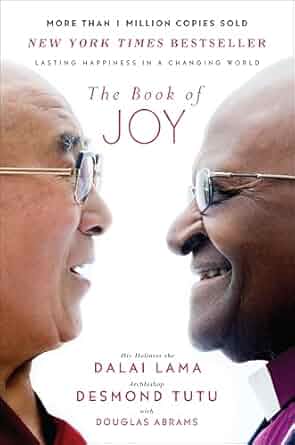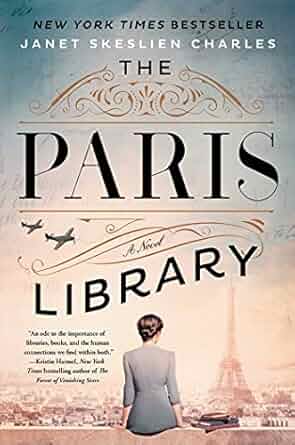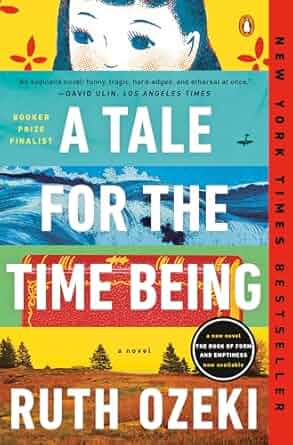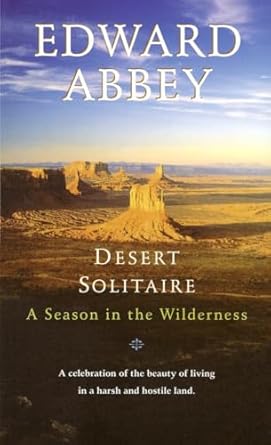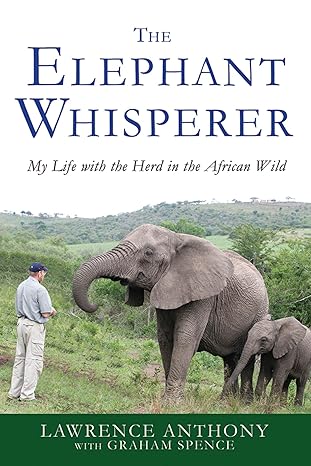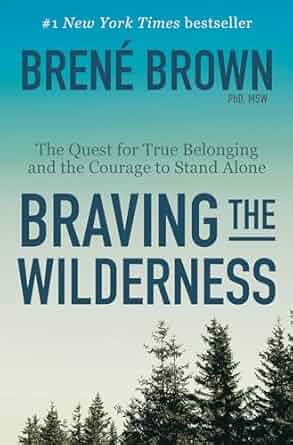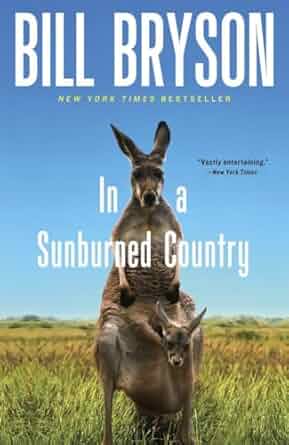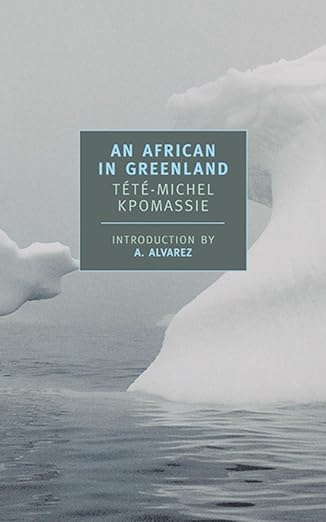Summary: In today’s article, I gathered 20 of the best books to read during travel, from gripping memoirs to inspiring tales of adventure. Here are my top 3 choices:
- Tracks by Robyn Davidson
- The Salt Path by Raynor Winn
- In Patagonia by Bruce Chatwin
Books are perfect travel companions, offering escape, inspiration, and new perspectives. Whether diving into adventures or exploring inner reflections, the right read enriches your journey. Travel books remind us of the joy of discovery, the resilience of the human spirit, and the connections that unite us, making every trip more meaningful.
TOP 20: Best Books to Read During Travels
- Tracks by Robyn Davidson
- The Salt Path by Raynor Winn
- In Patagonia by Bruce Chatwin
- Love with a Chance of Drowning by Torre DeRoche
- The Snow Leopard by Peter Matthiessen
- The Old Man and the Sea by Ernest Hemingway
- Half a Lifelong Romance by Eileen Chang
- The River of Doubt by Candice Millard
- Endurance: Shackleton’s Incredible Voyage by Alfred Lansing
- Monsoon Mansion by Cinelle Barnes
- How to Travel the World on $50 a Day by Matt Kepnes
- Born to Run by Christopher McDougall
- The Book of Joy by Dalai Lama and Desmond Tutu
- The Paris Library by Janet Skeslien Charles
- A Tale for the Time Being by Ruth Ozeki
- Desert Solitaire by Edward Abbey
- The Elephant Whisperer by Lawrence Anthony
- Braving the Wilderness by Brené Brown
- In a Sunburned Country by Bill Bryson
- An African in Greenland by Tété-Michel Kpomassie
1. Tracks
- Author: Robyn Davidson
- About: This memoir chronicles Robyn Davidson's 1,700-mile solo trek across the Australian Outback with four camels and a dog. It delves into themes of adventure, self-discovery, and the challenges of traversing a vast desert landscape.
- Style of Writing: Davidson's prose is candid and reflective, offering vivid descriptions of the harsh yet beautiful Australian desert.
- Length: Approximately 256 pages.
- Year Written: First published in 1980.
- Emotional Impact: The book leaves a lasting impression as it captures the essence of solitude, resilience, and the transformative power of nature. Davidson's journey inspires readers to reflect on their own capabilities and connection to the world around them.
- Difficulty Level: Moderate
- Why Read It: “Tracks” offers an intimate look into a woman's courageous journey of self-reliance and exploration, providing inspiration for adventurers and introspective readers alike.
2. The Salt Path
- Author: Raynor Winn
- About: This memoir tells the story of Raynor Winn and her terminally ill husband, Moth, who, after losing their home and livelihood, embark on a 630-mile walk along England's South West Coast Path. The narrative explores themes of loss, resilience, and the healing power of nature.
- Style of Writing: Winn writes with heartfelt honesty and lyrical descriptions, capturing the physical and emotional landscapes they traverse.
- Length: Approximately 288 pages.
- Year Written: Published in 2018.
- Emotional Impact: The book is profoundly moving.
- Difficulty Level: Moderate
- Why Read It: “The Salt Path” is a testament to the strength of the human spirit and the therapeutic essence of nature, making it an inspiring read for those facing personal challenges or seeking a story of hope and renewal.
3. In Patagonia
- Author: Bruce Chatwin
- About: A travelogue exploring the rugged and mysterious region of Patagonia, blending personal anecdotes with historical and cultural insights.
- Style of Writing: Poetic and contemplative, with a keen eye for detail and storytelling.
- Length: Approximately 240 pages (~70,000 words).
- Year Written: First published in 1977.
- Emotional Impact: Captivating and thought-provoking, leaving readers with a sense of wonder about the world’s remote corners.
- Difficulty Level: Moderate; rich descriptions and historical references may require attention.
- Why Read It: For its vivid depiction of a lesser-known region and its fusion of travel and history.
4. Love with a Chance of Drowning
- Author: Torre DeRoche
- About: A memoir about overcoming fear and finding love while sailing across the Pacific with a partner.
- Style of Writing: Humorous, heartfelt, and conversational, making it an engaging read.
- Length: Approximately 400 pages (~100,000 words).
- Year Written: Published in 2013.
- Emotional Impact: Uplifting and relatable, encouraging readers to embrace adventure despite fears.
- Difficulty Level: Easy; accessible and entertaining prose.
- Why Read It: A fun, romantic, and adventurous story that inspires courage and open-heartedness.
5. The Snow Leopard
- Author: Peter Matthiessen
- About: A spiritual journey through the Himalayas in search of the elusive snow leopard, intertwined with reflections on life and loss.
- Style of Writing: Lyrical and introspective, blending travel narrative with philosophical musings.
- Length: Approximately 336 pages (~85,000 words).
- Year Written: Published in 1978.
- Emotional Impact: Profound and reflective, leaving readers pondering the interconnectedness of life.
- Difficulty Level: Moderate to challenging; philosophical depth requires focus.
- Why Read It: For its meditative insights and breathtaking descriptions of nature.
6. The Old Man and the Sea
- Author: Ernest Hemingway
- About: A Cuban fisherman’s battle with a giant marlin, exploring themes of perseverance, pride, and the human spirit.
- Style of Writing: Simple yet profound, characterized by Hemingway’s trademark concise prose.
- Length: Approximately 127 pages (~27,000 words).
- Year Written: Published in 1952.
- Emotional Impact: Timeless and moving, leaving a lasting impression of quiet heroism.
- Difficulty Level: Easy; straightforward language with deep meaning.
- Why Read It: A literary classic that’s short, powerful, and perfect for reflection.
7. Half a Lifelong Romance
- Author: Eileen Chang
- About: A tragic love story set in 1930s Shanghai, exploring themes of love, family, and societal constraints.
- Style of Writing: Rich and evocative, with deep cultural and emotional layers.
- Length: Approximately 432 pages (~110,000 words).
- Year Written: First published in 1950.
- Emotional Impact: Heartbreaking and poignant, leaving readers with a sense of melancholy.
- Difficulty Level: Moderate; requires attentiveness to cultural nuances.
- Why Read It: For its beautifully written portrayal of love and sacrifice.
8. The River of Doubt
- Author: Candice Millard
- About: A gripping account of Theodore Roosevelt’s harrowing expedition down an uncharted river in the Amazon.
- Style of Writing: Narrative nonfiction with a fast-paced, engaging style.
- Length: Approximately 416 pages (~100,000 words).
- Year Written: Published in 2005.
- Emotional Impact: Thrilling and inspiring, highlighting resilience and determination.
- Difficulty Level: Moderate; detailed historical and geographical context.
- Why Read It: A compelling story of survival and leadership under extreme conditions.
9. Endurance: Shackleton’s Incredible Voyage
- Author: Alfred Lansing
- About: The incredible true story of Ernest Shackleton’s Antarctic expedition and the crew’s fight for survival.
- Style of Writing: Dramatic and vivid, bringing historical events to life.
- Length: Approximately 320 pages (~80,000 words).
- Year Written: Published in 1959.
- Emotional Impact: Awe-inspiring and intense, leaving readers marveling at human endurance.
- Difficulty Level: Moderate; detailed accounts of the expedition.
- Why Read It: A timeless tale of courage, perseverance, and leadership.
10. Monsoon Mansion
- Author: Cinelle Barnes
- About: A memoir of a turbulent childhood in the Philippines, filled with resilience and a search for belonging.
- Style of Writing: Lyrical and emotionally charged, with vivid imagery.
- Length: Approximately 272 pages (~70,000 words).
- Year Written: Published in 2018.
- Emotional Impact: Deeply moving and unforgettable.
- Difficulty Level: Moderate; emotionally heavy but accessible prose.
- Why Read It: A beautifully written story of survival and transformation.
11. How to Travel the World on $50 a Day
- Author: Matt Kepnes
- About: A practical guide to budget travel, offering tips on saving money, planning trips, and maximizing experiences.
- Style of Writing: Informative and conversational, filled with actionable advice.
- Length: Approximately 272 pages (~70,000 words).
- Year Written: Published in 2013.
- Emotional Impact: Empowering and inspiring, giving readers confidence to travel affordably.
- Difficulty Level: Easy; straightforward and engaging.
- Why Read It: Perfect for those looking to travel more while spending less.
12. Born to Run
- Author: Christopher McDougall
- About: A fascinating exploration of the Tarahumara tribe’s running culture, ultramarathons, and the human capacity for endurance.
- Style of Writing: Engaging and narrative-driven, blending science and storytelling.
- Length: Approximately 304 pages (~80,000 words).
- Year Written: Published in 2009.
- Emotional Impact: Inspiring and energizing, encouraging readers to push their limits.
- Difficulty Level: Moderate; scientific insights are presented accessibly.
- Why Read It: A compelling read for athletes and anyone fascinated by human potential.
13. The Book of Joy
- Authors: Dalai Lama and Desmond Tutu
- About: A dialogue between two spiritual leaders about finding joy and happiness despite life’s challenges.
- Style of Writing: Reflective and conversational, with warmth and wisdom.
- Length: Approximately 368 pages (~90,000 words).
- Year Written: Published in 2016.
- Emotional Impact: Deeply uplifting and thought-provoking.
- Difficulty Level: Moderate; accessible but encourages deep reflection.
- Why Read It: A guide to cultivating joy and resilience in a turbulent world.
14. The Paris Library
- Author: Janet Skeslien Charles
- About: A historical novel about librarians in Nazi-occupied Paris and the courage of preserving books and humanity during wartime.
- Style of Writing: Dual narrative, blending historical and contemporary timelines.
- Length: Approximately 368 pages (~95,000 words).
- Year Written: Published in 2020.
- Emotional Impact: Moving and inspiring, celebrating the power of books and community.
- Difficulty Level: Moderate; historical context adds depth.
- Why Read It: A tribute to the transformative power of books and resilience.
15. A Tale for the Time Being
- Author: Ruth Ozeki
- About: A story connecting a Japanese teenager and a writer in Canada through a diary, exploring themes of time, identity, and connection.
- Style of Writing: Layered and contemplative, with elements of magical realism.
- Length: Approximately 432 pages (~110,000 words).
- Year Written: Published in 2013.
- Emotional Impact: Profound and reflective, leaving readers pondering life’s interconnectedness.
- Difficulty Level: Challenging; multi-layered narrative.
- Why Read It: A unique and thought-provoking exploration of time and human connection.
16. Desert Solitaire
- Author: Edward Abbey
- About: A memoir of the author’s experiences as a park ranger in the American Southwest, celebrating wilderness and solitude.
- Style of Writing: Philosophical and vivid, with a mix of humor and critique.
- Length: Approximately 336 pages (~90,000 words).
- Year Written: Published in 1968.
- Emotional Impact: Stirring and contemplative, evoking a deep appreciation for nature.
- Difficulty Level: Moderate; philosophical passages require attention.
- Why Read It: A passionate call for environmental preservation and the beauty of solitude.
17. The Elephant Whisperer
- Author: Lawrence Anthony
- About: A memoir about the author’s experience bonding with a herd of troubled elephants on his South African reserve.
- Style of Writing: Heartfelt and vivid, with engaging anecdotes.
- Length: Approximately 384 pages (~100,000 words).
- Year Written: Published in 2009.
- Emotional Impact: Heartwarming and inspiring, fostering a deeper connection with animals.
- Difficulty Level: Easy; accessible and moving storytelling.
- Why Read It: A touching story of humanity’s bond with wildlife.
18. Braving the Wilderness
- Author: Brené Brown
- About: An exploration of belonging and standing alone with courage in today’s divided world.
- Style of Writing: Personal and research-driven, with actionable insights.
- Length: Approximately 208 pages (~50,000 words).
- Year Written: Published in 2017.
- Emotional Impact: Encouraging and empowering, leaving readers motivated to embrace authenticity.
- Difficulty Level: Easy to moderate; thought-provoking but accessible.
- Why Read It: A guide to embracing vulnerability and cultivating true belonging.
19. In a Sunburned Country
- Author: Bill Bryson
- About: A humorous exploration of Australia’s quirks, landscapes, and history through the eyes of an inquisitive traveler.
- Style of Writing: Witty and informative, with a blend of humor and insight.
- Length: Approximately 352 pages (~90,000 words).
- Year Written: Published in 2000.
- Emotional Impact: Entertaining and enlightening, sparking a sense of adventure.
- Difficulty Level: Easy; light and humorous prose.
- Why Read It: A delightful mix of travel, humor, and discovery.
20. An African in Greenland
- Author: Tété-Michel Kpomassie
- About: The memoir of a man from Togo who fulfills his dream of traveling to Greenland, bridging two vastly different cultures.
- Style of Writing: Observational and engaging, with rich cultural insights.
- Length: Approximately 368 pages (~95,000 words).
- Year Written: Published in 1981.
- Emotional Impact: Eye-opening and inspiring, showcasing the power of curiosity.
- Difficulty Level: Moderate; cultural and geographical details add depth.
- Why Read It: A fascinating tale of cross-cultural exploration and determination.
Conclusion
I think the right book can make any journey more meaningful, and Tracks, The Salt Path, and In Patagonia are some of the best choices for travelers. These incredible stories of adventure, resilience, and self-discovery inspire me to embrace the unknown, connect with nature, and find strength in life’s challenges. Whether you’re exploring new destinations or simply dreaming of them, I believe these books will leave a lasting impression. Pack one—or all three—and let their pages take you on an unforgettable journey.

